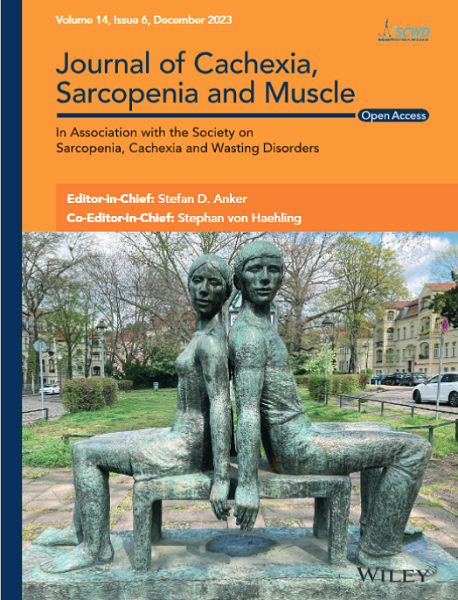Distinctive Gait Variations and Neuroimaging Correlates in Alzheimer's Disease and Cerebral Small Vessel Disease
Abstract
Background
Both Alzheimer's disease (AD) and cerebral small vessel disease (CSVD) manifest in cognitive impairment and gait disorders. The precise similarities and differences in gait characteristics and underlying neuroimaging mechanisms remain unclear.
Methods
A total of 399 participants were enrolled: 132 with probable AD, including 98 with mild cognitive impairment due to AD (AD-MCI) and 34 with AD dementia, and 185 with CSVD and 82 healthy controls. CSVD patients with cognitive impairment, including subcortical vascular mild cognitive impairment (svMCI) and subcortical vascular dementia, were grouped as subcortical vascular cognitive impairment (SVCI). Voxel-based morphology analysis assessed grey matter volume (GMV), while cerebral blood flow (CBF) was derived from 3D-arterial spin labelling data. Gait metrics included the timed up and go (TUG) test, dual-task TUG (DTUG) test, Berg balance scale (BBS), dual-task cost (DTC), step length, gait speed, cadence and coefficient of variation of gait. The relationships among structural and perfusion variations, gait metrics and cognitive function were examined.
Results
SVCI patients exhibited greater gait impairments and variability than those with AD, while AD patients experienced higher DTC (p < 0.05). These differences were most evident in the MCI stage. In AD, gait speed correlated with GMV in the left middle occipital gyrus (F = 6.149), middle temporal gyrus (F = 4.595), right precuneus (F = 5.174) and other regions (all p < 0.025). In SVCI, gait speed was linked to thalamic GMV (F = 6.004, p < 0.025). Altered CBF in the parietal lobe and precuneus was associated with DTUG (F = 5.672), gait speed (F = 4.347) and BBS (F = 4.153) in AD, while cerebellar CBF related to TUG (F = 6.042), DTUG (F = 4.857) and BBS (F = 7.097) in SVCI (all p < 0.025). In AD-MCI, memory mediated the effect of hippocampal volume on DTC (indirect effect: −2.432, 95% CI [−5.503, −0.438]), while executive function (indirect effect: −2.920, 95% CI [−7.227, −0.695]) and processing speed (indirect effect: −2.286, 95% CI [−5.174, −0.484]) mediated the effect on DTUG. In svMCI, executive function mediated the effect of thalamic volume on step length (indirect effect: 2.309, 95% CI [0.486, 4.685]) and gait speed (indirect effect: 2.029, 95% CI [0.142, 4.588]), while processing speed mediated the effect on step length (indirect effect: 1.777, 95% CI [0.311, 4.021]).
Conclusions
Different gait disorder characteristics and mechanisms were observed in AD and CSVD patients. In AD, gait is associated with volume/perfusion in posterior brain regions, whereas in SVCI, it relates to thalamic volume and cerebellar perfusion. Cognitive impairment mediates the effect of hippocampal and thalamic volumes on gait in AD-MCI and svMCI, respectively.


 求助内容:
求助内容: 应助结果提醒方式:
应助结果提醒方式:


